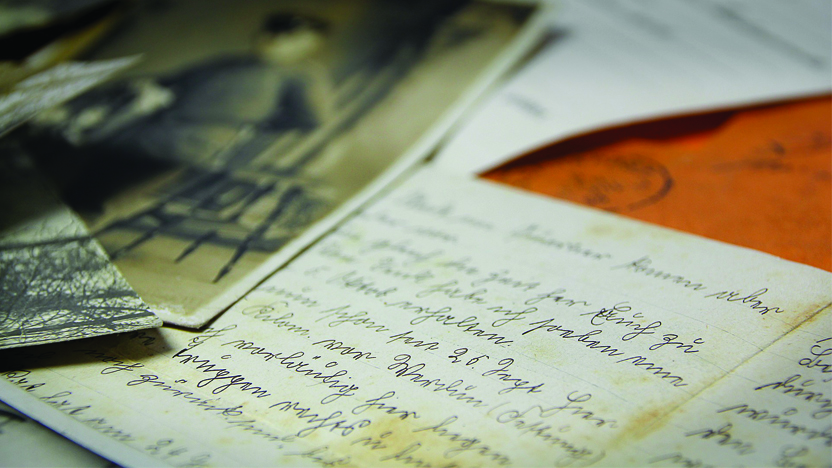There’s something special about seeing records with your ancestors’ handwriting on them. It’s easy to feel a wonderful connection to them, just by seeing or handling an object they once touched. But all too often, you may find yourself struggling to read the handwriting. This is especially frustrating if you’re indexing records, or if this is your only source. While reading old handwriting can be complicated enough to fill an entire college course, here are some of the basics.
Analyze the record
Though it’s easy to get frustrated, take a breath and carefully look at the document. What kind of record are you working with? If it’s a will or other legal document, look for legal terms. Immigration records will use travel terms and names of countries. Looking for these words will help you decide what a tricky word or sentence may refer to. Then, read the document beginning to end. You can fill in the holes later.
Find words you know
If you can pick out more obvious words within the text, you can compare the author’s handwriting to less legible words. This will help with unfamiliar names especially. Make sure to create a “key” of copied-down letters like r and n, or n and m to give you a quick reference.
Read aloud
Sometimes sounding out a sentence or a section letter-by-letter can help you realize the meaning behind an illegible scrawl. It also can help with alternate or misspellings different from modern English.
Trace the handwriting
If you’re having a hard time, lay some tracing paper over your record. Going through the motions can help you realize that strange loop is not an l, but a b. You may also be able to decide more quickly how fancily the author was writing, as opposed to simply being messy. This can help you distinguish flourishes from letters.
“T”, “I”, “S”, and “Y”
If your ancestors or their census record workers were in a hurry, lowercase t’s and i’s went unfinished. Or, dots ended up in strange places, particularly in cursive. If a word doesn’t make sense or it looks like there was an extra hump, try inserting a “t” or an “i” into the word and see if that changes things.
The letter “s” also can cause genealogists pain. If there were two s’s in a row, one often was made like a cursive “f.” You can see this on copies of the Declaration of Independence and the United States Constitution especially well. If you run into strangely-placed f’s, try turning one into an “s” and see if the word makes sense.
“Y” used to abbreviate “th,” so–funnily enough–that Renaissance-style shop is actually pronounced more like “The olde candy shoppe.” You may find “ye” for “the” in very old documents. Another common appearance might be “yt,” which is an abbreviation for “that.”
Check out handwriting charts
You’re not alone in the struggle of interpreting archaic handwriting. Luckily, if you’re just starting, chances are that other genealogists have encountered similar problems and made public charts to help others figure out confusing letters. We’ve included a few below. How have you figured out difficult handwriting? We’d love to hear from you!

via http://craftsome.blogspot.rs

https://familysearch.org/wiki/en/Germany_Handwriting




